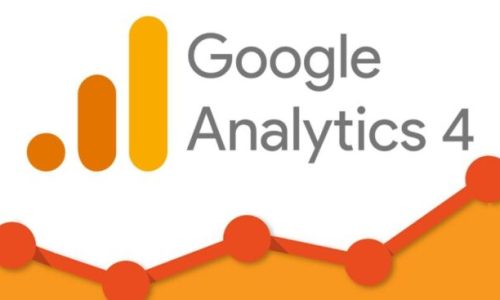Promoting a website in today’s competitive digital landscape requires more than just a sleek design. It’s about crafting a comprehensive strategy to drive traffic and engage users. To help you navigate the process, here are some essential steps to promote your website effectively.
1. Create a Social Media Strategy
Social media is one of the most powerful tools for website promotion, but success doesn’t come from simply posting randomly. A well-crafted social media strategy is crucial for engaging your audience and driving traffic to your website.
- Set Clear Goals: Decide what you want to achieve with your social media efforts, whether it’s increasing traffic, boosting brand awareness, or generating leads.
- Plan Content: Develop a content calendar that includes regular posts, promotions, and relevant updates. Be consistent with your messaging.
- Engage with Your Audience: Respond to comments, start conversations, and ask for feedback. Social media is a two-way street, and interaction with your audience builds trust and loyalty.
2. Identify Your Target Audience
To effectively promote your website, you need to know who you’re trying to reach. Identifying your target audience is essential to crafting tailored content that resonates with potential visitors.
- Demographics and Interests: Define your audience based on age, gender, location, and interests. Understanding these factors will help guide your content and messaging.
- User Behavior: Analyze the behavior of your audience online. Are they browsing on mobile or desktop? What time are they most active? Knowing this will help optimize your promotion efforts.
3. Choose the Right Social Media Platforms
Not all social media platforms are created equal. Choosing the right ones for your website promotion can make all the difference in attracting the right traffic.
- Instagram & Pinterest: These platforms are ideal for visually-driven industries like fashion, food, and design. Use high-quality images and visuals to capture attention.
- Facebook & LinkedIn: These platforms are great for both business-to-business and business-to-consumer promotion. LinkedIn is especially valuable for professional services or B2B websites, while Facebook helps reach a broader audience.
- Twitter & TikTok: Twitter is perfect for real-time engagement, while TikTok can help create viral content and reach a younger demographic.
Make sure to focus your efforts on the platforms where your audience spends most of their time.
4. Develop High-Quality, SEO-Friendly Website Content
Creating valuable, SEO-friendly content is a long-term strategy that will pay off by driving organic traffic to your website. Content is king, but it needs to be optimized for both search engines and your audience.
- Keyword Research: Use tools like Google Keyword Planner or Ahrefs to find keywords your target audience is searching for. Incorporate these keywords naturally into your blog posts, product pages, and other content.
- Quality Over Quantity: Write in-depth, engaging content that provides value. Google rewards websites with well-researched, informative, and original content.
- Update Regularly: Regularly publishing fresh content, such as blog posts, articles, and case studies, shows search engines that your site is active and relevant.
5. Use Images and Videos to Attract Attention
Visual content is incredibly effective at capturing attention and engaging users. Including high-quality images and videos in your content not only makes your website more visually appealing but also improves user experience.
- Optimize Visuals: Ensure images and videos are properly sized for fast loading times. Compress files without sacrificing quality to prevent slow page speeds.
- Videos: Use videos to showcase your products, services, or behind-the-scenes looks at your business. Videos can also be shared across social media platforms to drive traffic to your website.
Studies have shown that content with visuals tends to have higher engagement and retention rates, so use images and videos strategically in your website promotion.
6. Leverage Paid Advertising
If you’re looking to get quick results, paid advertising can significantly boost your website’s visibility. Platforms like Google Ads, Facebook Ads, and Instagram Ads allow you to target specific audiences based on their behavior, location, and interests.
- Google Ads: Use Google Search Ads to target users actively searching for keywords related to your products or services. Google Display Ads are also a great way to retarget visitors who’ve been to your site.
- Social Media Ads: Run ads on platforms like Facebook and Instagram to target specific demographics, such as age, location, and interests, or use LinkedIn Ads for more professional targeting.
- Monitor ROI: Track the performance of your ads to ensure they are delivering a positive return on investment. Adjust your strategy as needed based on analytics.
Paid advertising allows you to rapidly scale your efforts, but it’s essential to continuously optimize your campaigns for the best results.
Conclusion
Promoting a website requires a well-rounded approach that combines social media, targeted content creation, and strategic advertising. By developing a strong social media strategy, identifying your target audience, selecting the right platforms, and leveraging high-quality content and visuals, you’ll drive traffic and engage visitors effectively. Don’t forget that paid advertising can give your website the push it needs to gain traction, while ongoing optimization will keep your efforts on the right track.
With these strategies in place, you’ll be on your way to successfully promoting your website and achieving your online goals.




